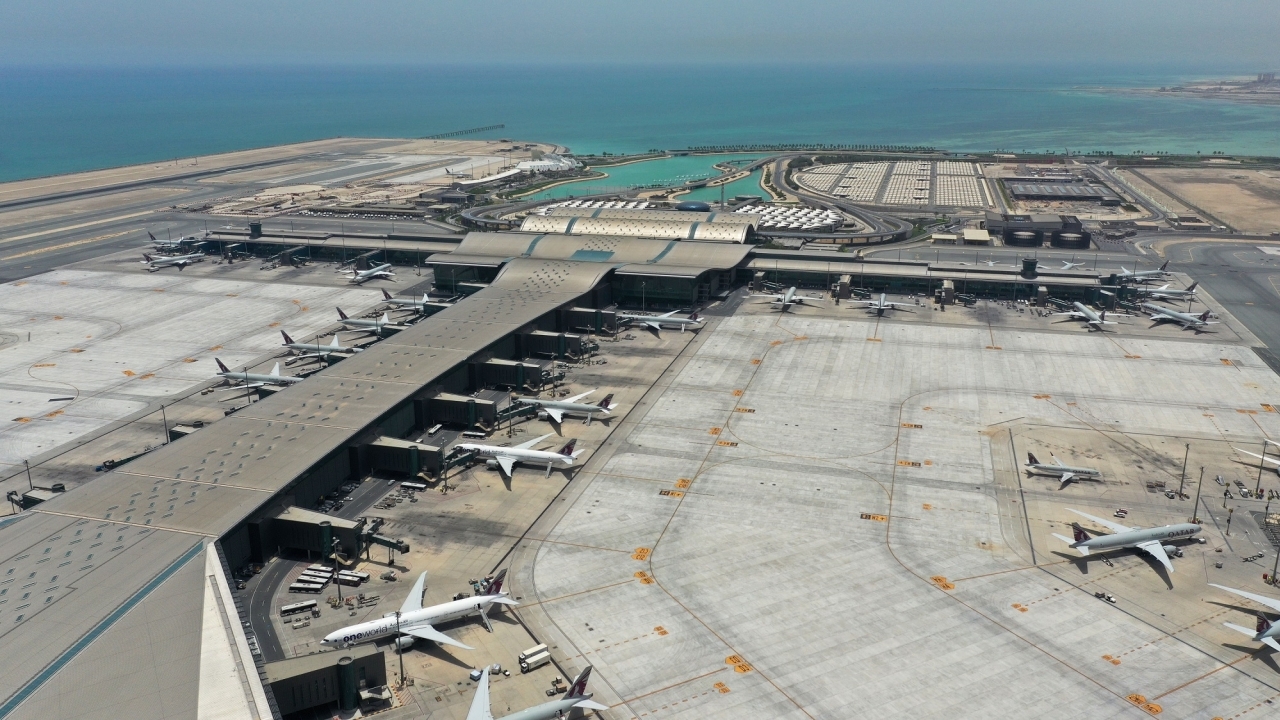Hamad International launches second phase of its Smart Airport Programme

The system, currently under trial, is a central piece of the airports digital strategy and combines passengers’ flight, passport, and facial biometric information in a single electronic record at the self-check-in kiosk or mobile app. Subsequently, only the passenger’s face is required for verification at the self-service bag-drop, automated security gate, and the automated boarding gate, making the experience fast and seamless. Knowledge of exactly where the passengers are in their journey at the airport will also aim to help further improve the renowned on-time at HIA.
The successful completion of the first major phase of HIA’s Smart Airport program has proven to be extremely popular, with up to 40% of the home carrier Qatar Airways’ passengers preferring to self-check-in; and a further 20% opting for self-bag-drop. The swift process vastly improves customer experience and allows more passengers to be managed without physical expansion of the check-in facilities. It also empowers HIA passengers by offering total control of their journey from arrival to departure.
Badr Mohammed Al Meer, chief operating officer at HIA said: “In line with our vision and strategic plan, we continue to invest in customer-centric innovative technology to provide fast, seamless and enjoyable travel experience to be the airport of choice for our discerning customers. Our approach to identity management is unique and holistic, in that we foresee wide-scale deployment of biometric capability across both mandated and voluntary passenger touch points while addressing customer data privacy concerns in line with relevant local and international regulations.”
HIA’s Smart Airport programme is helping optimise operational processes; and utilisation of resources and assets at the airport, for instance, the Service Delivery Measurement system enables real-time monitoring of passenger wait times, thus allowing tactical decisions to recover service levels by deploying additional resources when the wait time exceeds targets.
Stay up to date
Subscribe to the free Times Aerospace newsletter and receive the latest content every week. We'll never share your email address.

